Have you ever played a guitar with a scalloped fretboard?
I think those of you who like neoclassical metal are familiar with this custom, but in this article, I’m going to talk about different types of scalloped fretboards and their advantages and disadvantages.
Let me first introduce the background music for this article.
■ Yngwie Malmsteen - Far Beyond The Sun HD - YouTube
When it comes to scalloped fretboards, Yngwie Malmsteen may come to mind for many of you.
Let’s compare scalloped fretboards!
Well, seeing is believing!
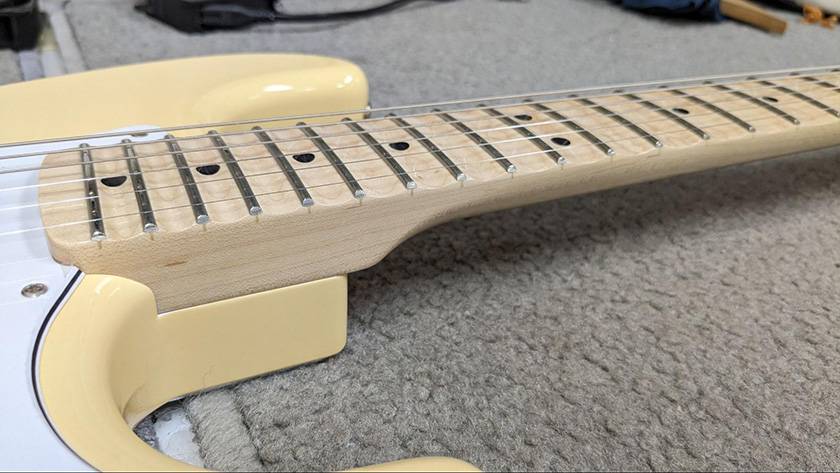
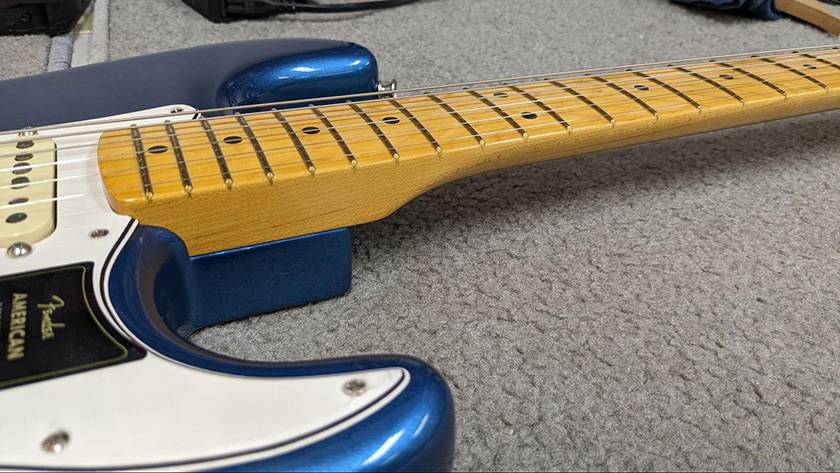
As you can see at a glance, a lot of wood between the frets has been scraped out on the scalloped fretboard.
Advantages of a curved fretboard are:
- Fingers don’t touch the fretboard directly, so you only need a light touch for fingering
- Scalloped fretboard allows for strong vibrato with large pitch changes
- Strings are easy to bend
Scalloped fretboards have a lot of fascinating advantages that every guitarist may want to try once.
The most important point of the scalloped fretboard is that there is no direct contact between the fretboard and the fingers.
If you are used to a normal fretboard, you may find it uncomfortable at first.
It feels as if you are playing a guitar with jumbo frets.
Some of the disadvantages are...
- It’s difficult to get the pitch right and the strings go out of tune easily due to the advantage that strings can be pressed with a light touch
- Makes you feeI uncomfortable to play a guitar with a normal fretboard (My personal opinion)
These disadvantages are like the flip-side of the advantages.
While having a light touch on the strings presents some advantages, if you press them a little too hard, notes tend to go sharp. Also, there was a time when I thought that I wanted to only play scalloped guitars, but now when I try to play normal guitars, I just find them to be so hard to play...
Even if you don’t think so, you will always feel a difference when you play on a regular fretboard after a scalloped one, so please keep it in mind.
Types of Scalloped Fretboards
Now let’s take a look at the different types of scalloped fretboards.
Here is a quick list of the types.
●Yngwie Type

The center of the wood between the frets on this type of fretboard is the deepest point of the groove, and is scraped down to be uniform as the fretboard radius curves. This is the most standard scalloped fretboard.
●Ritchie Blackmore Type
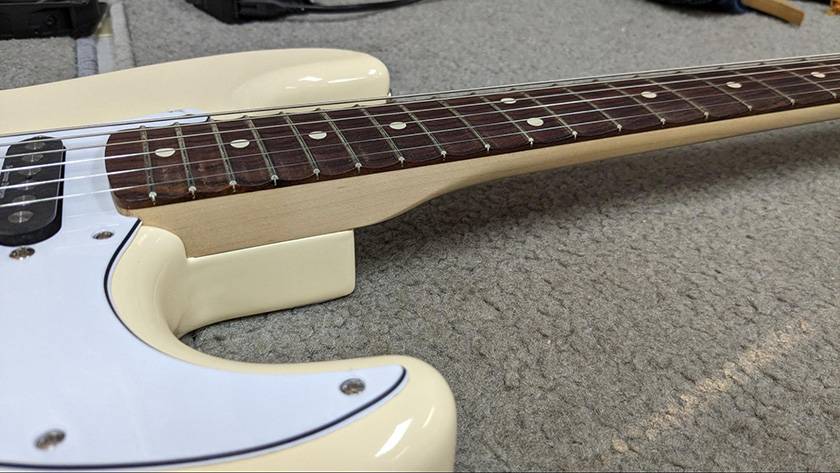
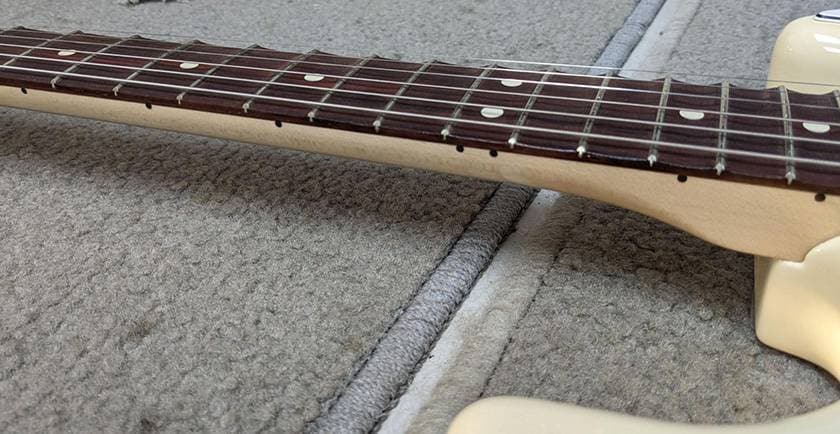
If you look at the picture closely, you can see the difference from the Yngwie type.
The deepest part of the scalloped surface is closer to the fret than to the center of the wood between each fret, and the indentations gradually become more shallow. The curves are shallower on the 6th string than on the 1st string, and it looks more like the Yngwie type on the higher frets. The processing is designed to eliminate severe pitch control issues, which was one of the weak points of the Yngwie type, so that the pitch is stable when the chords are pressed down.
●Half-Scalloped Type
I’m sorry, I couldn’t find a picture for this one.
Roughly speaking, it is the same as the Yngwie type, but the fretboard is carved shallower. When you customize your normal guitar and opt to have its fretboard scalloped, you can reduce the amount of wood to be shaved off to minimize neck deviations and sound changes.
Combined with jumbo frets, cutting shallow curves into the scallop is not a concern.
Half-scalloped guitars are used by Takayoshi Omura and Kelly Simonz.
●Partly-Scalloped Fretboard
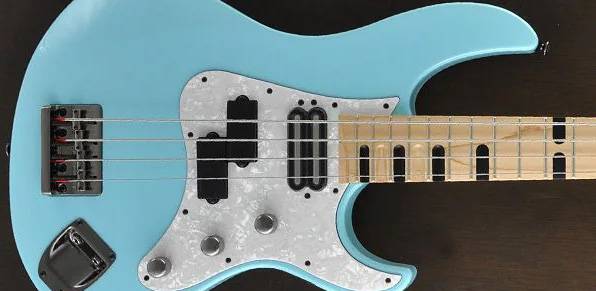
This type of scalloped guitar is curved out only at a certain position on the fretboard.
By scalloping only at the higher position, which is mainly used for guitar solos, this type allows for more technical playing. Steve Vai and Billy Sheehan play on these types of instruments.
●DIY Scalloped Fretboard
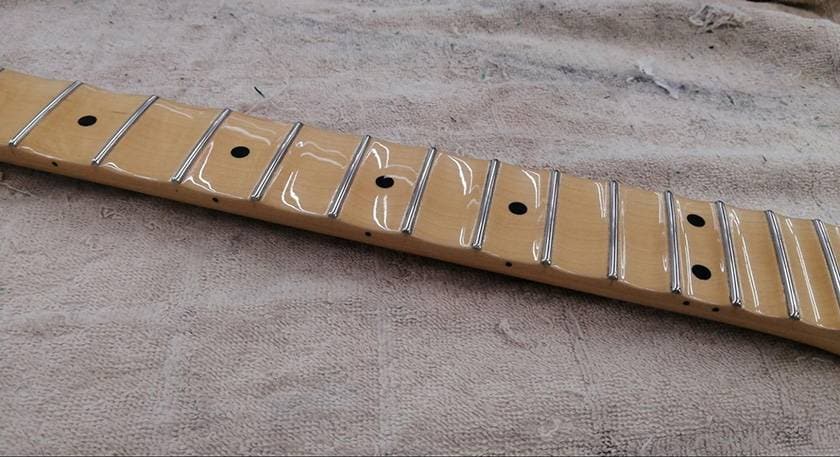
Some people try to make their own scalloped fretboard.
The picture above shows the scalloped fretboard that I cut curves into myself when I made this guitar neck.
I have done a few scalloped fretboards and I would like to give you my overall impressions:
- It takes so much time to make a beautiful finish that I even regret having started it in the first place.
- The quality of the finished results is pretty low in comparison to the amount of time I spent. (Sometimes the neck even ended up useless...)
- Devoting my time to carving out the fretboard is fun.
It looks like this.
Hand-making a scalloped fretboard will have a significant effect on the guitar neck. The neck can be bowed upwards or the sound of the guitar can change. The risk of failure and the neck becoming useless is the biggest concern.
You have to pay a lot of money to have your guitar scalloped, but considering the time and effort required for the work, it’s actually rather cheap.
If you are interested in a scalloped fretboard, buy a guitar with a scalloped fretboard or ask a professional to have your guitar scalloped.
If you really want to do it yourself, just get a junk guitar neck and learn how to do it!
Let’s start here! - A Recommended Scalloped Fretboard Guitar
Scalloping guitars is extremely intensive work, so most guitars with scalloped fretboards can be quite expensive. Here is a recommended guitar for all of you who want to try out a scalloped fretboard but think it’s too expensive!
Grass Roots / G-SE-58M SC BLACK
The most attractive point of this guitar is the price!
It’s excellent to be able to try out a scalloped guitar at this price.
Change the front and rear pickups to HS-3’s and make the center pickup a dummy one, then change the pickup selector to a 3-way... Man, this guitar is so much fun!
Conclusion
This time, I talked about the scalloped fretboard.
Despite the fact that scalloping fretboard customizations is fairly common knowledge among musicians, I feel that only a few people actually do it.
I only know one guitar player in my circles who has been playing on a scalloped guitar for a long time.
I hope this article will help to tell people how great the scalloped fretboard is. I couldn’t write enough about the scalloped fretboard since it is such an intricate process, so if I have another chance, next time I would like to go into the details.
Guitars I introduced in this article:





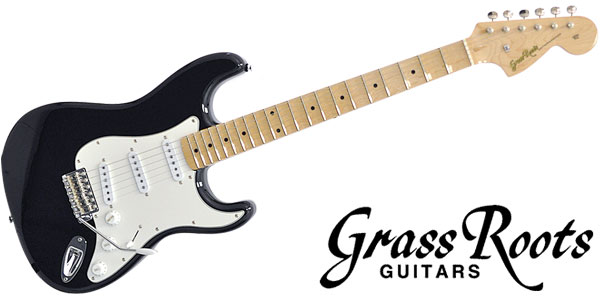


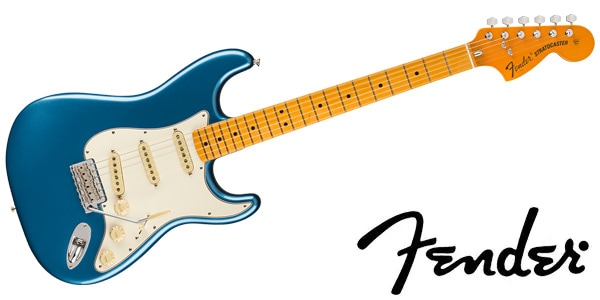
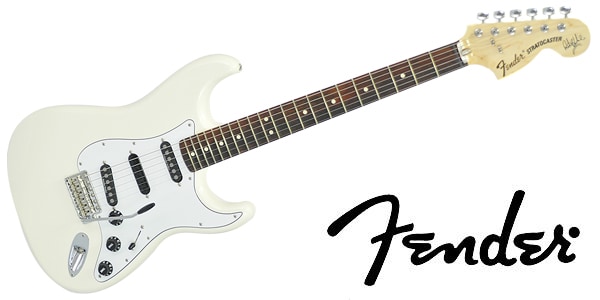
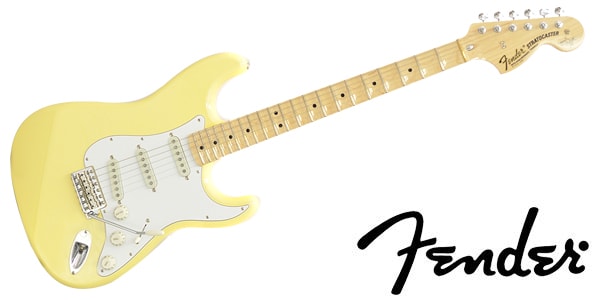
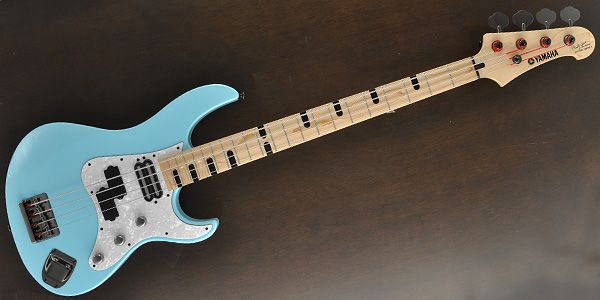
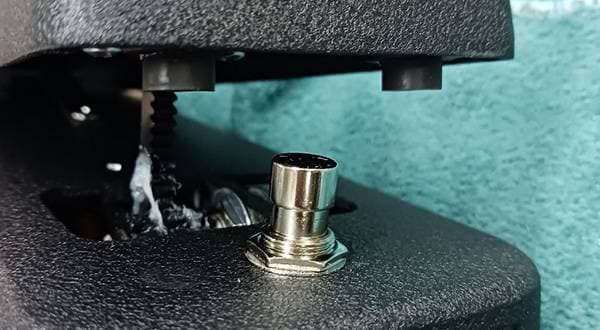
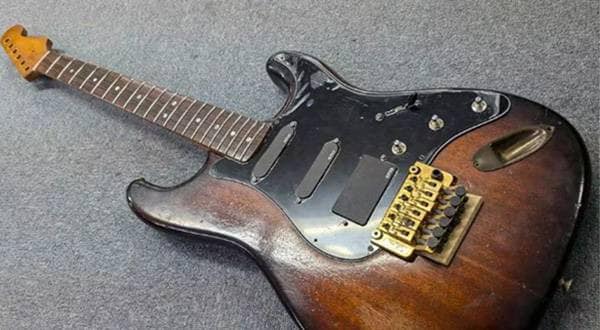
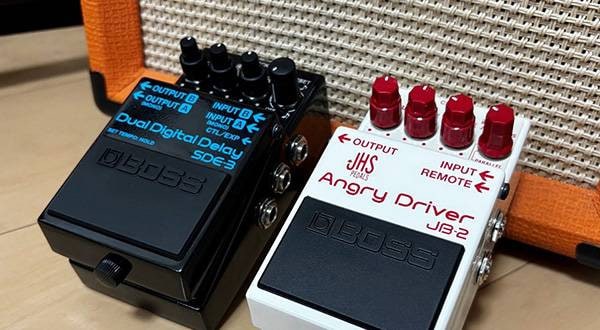
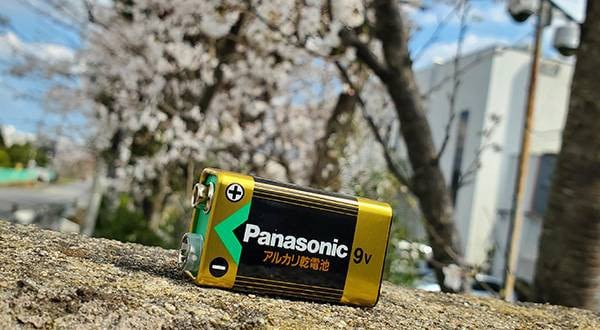
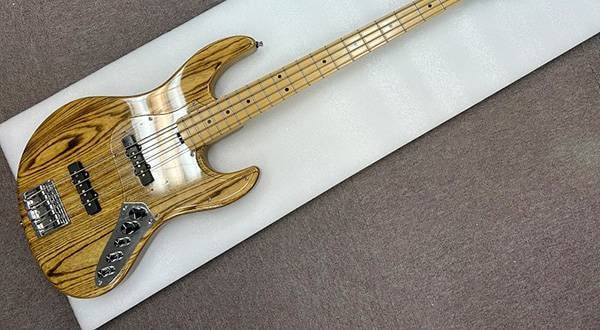
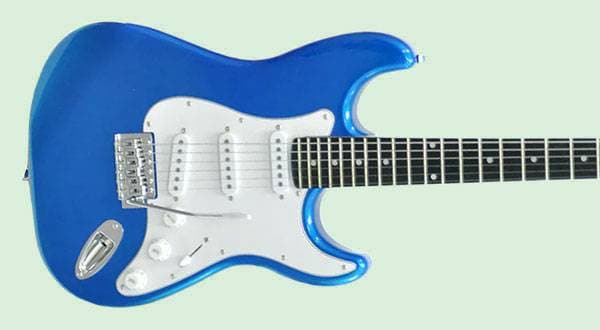
![[2024 Edition] Top 10 Recommended Acoustic Guitars](/contents/uploads/thumbs/2/2022/5/20220506_2_17799_1.jpg)
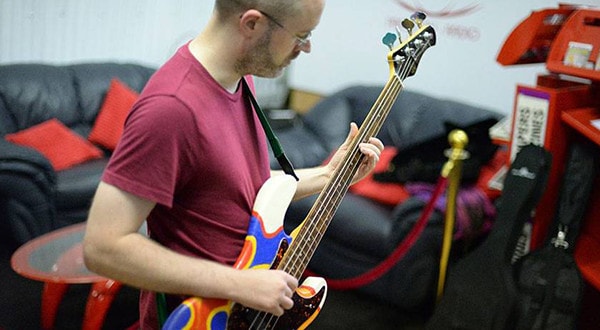
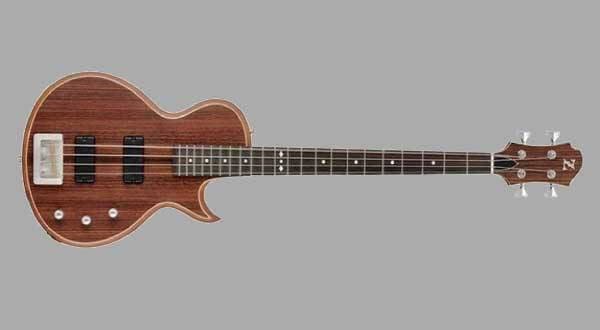
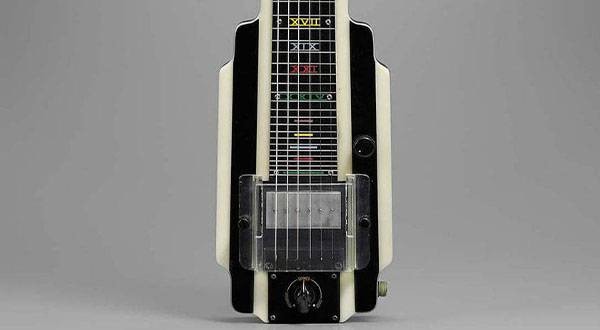

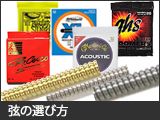 エレキギター弦の選び方
エレキギター弦の選び方
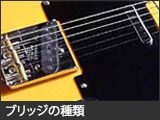 ブリッジの種類
ブリッジの種類
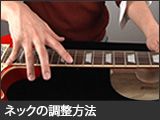 ネックの調整方法
ネックの調整方法
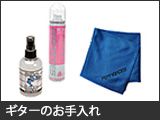 ギターのお手入れ
ギターのお手入れ
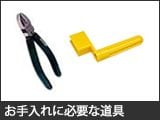 お手入れに必要な道具
お手入れに必要な道具
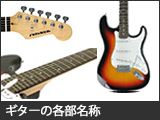 ギターの各部名称
ギターの各部名称















